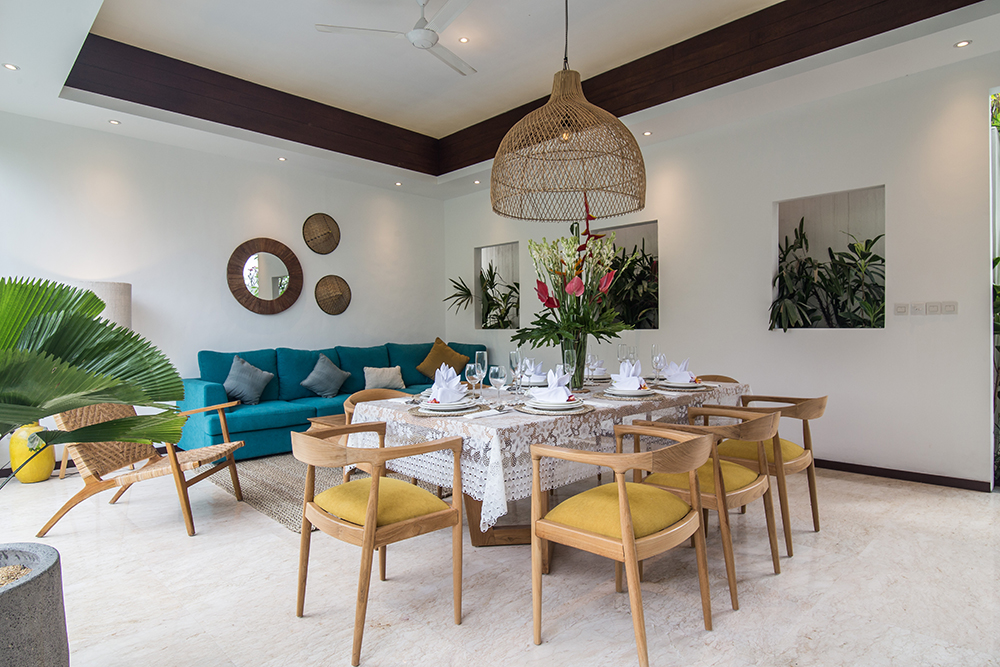Earth-Friendly Living Spaces: Sustainable Design for Harmonious Living

Earth-Friendly Living Spaces: Sustainable Design for Harmonious Living
Designing living spaces with a commitment to sustainability is a transformative approach that benefits both residents and the planet. Earth-friendly living spaces prioritize eco-conscious materials, energy efficiency, and a harmonious coexistence with nature. Explore the key principles and benefits of creating living spaces that embrace sustainability for a healthier and more balanced lifestyle.
Eco-Conscious Material Choices
Central to earth-friendly living spaces is the selection of eco-conscious materials. This involves choosing sustainably sourced wood, recycled materials, and products with minimal environmental impact. From flooring to furniture, every element contributes to the overall sustainability of the space. By opting for materials that prioritize the health of the planet, homeowners can create living spaces that resonate with eco-friendly values.
Energy-Efficient Design and Appliances
Sustainable living spaces prioritize energy efficiency through thoughtful design and the use of energy-efficient appliances. This includes strategically placing windows for natural light, optimizing insulation to reduce heating and cooling needs, and incorporating appliances with high energy-efficiency ratings. The goal is to minimize energy consumption and create homes that operate efficiently while reducing the carbon footprint.
Indoor Air Quality and Health Benefits
Creating earth-friendly living spaces goes beyond environmental considerations; it also extends to the health and well-being of residents. Sustainable designs focus on improving indoor air quality by choosing materials with low VOC (volatile organic compound) emissions, utilizing proper ventilation systems, and incorporating natural airflow strategies. This contributes to a healthier living environment, reducing the risk of respiratory issues and allergies.
Integration of Green Spaces and Natural Elements
Harmonizing living spaces with nature is a key principle of earth-friendly design. This involves the integration of green spaces, indoor plants, and natural elements that connect residents with the outdoors. Biophilic design, which incorporates nature-inspired elements into interiors, enhances well-being and fosters a sense of connection to the environment.
Water Conservation Strategies
Earth-friendly living spaces prioritize water conservation through the implementation of efficient plumbing fixtures, rainwater harvesting systems, and water-efficient landscaping. By minimizing water consumption, sustainable homes contribute to the conservation of this vital resource and promote responsible water management practices.
Waste Reduction and Recycling Programs
Sustainability in living spaces extends to waste reduction and recycling initiatives. Earth-friendly homes incorporate recycling programs, composting systems, and sustainable waste disposal practices. Minimizing waste not only reduces the environmental impact but also encourages a mindset of responsible consumption among residents.
Renewable Energy Integration
Embracing renewable energy sources is a hallmark of earth-friendly living spaces. This may involve the installation of solar panels, wind turbines, or other renewable energy systems to generate clean and sustainable power on-site. By harnessing renewable energy, homeowners contribute to the global shift towards a more sustainable and resilient energy infrastructure.
Community Engagement and Green Initiatives
Sustainable living is not just about individual homes; it extends to community engagement and green initiatives. Earth-friendly neighborhoods foster a sense of environmental responsibility among residents, encouraging collective efforts for sustainability. This may include community gardens, shared renewable energy projects, and collaborative initiatives aimed at reducing the ecological footprint of the entire community.
Cost-Effective Long-Term Solutions
Contrary to the misconception that sustainable living is expensive, earth-friendly design often translates to cost-effective long-term solutions. Energy-efficient homes result in lower utility bills, renewable energy systems offer a return on investment over time, and the use of durable, eco-conscious materials reduces maintenance and replacement costs.
Creating a Legacy of Sustainability
Designing earth-friendly living spaces is not just a contemporary trend; it’s a commitment to creating a legacy of sustainability. By adopting eco-conscious practices and instilling values of environmental responsibility, homeowners contribute to a global movement towards more sustainable living. The choices made today in the design and construction of living spaces have a lasting impact on the planet and future generations.
Earth-Friendly Living Spaces at Jet Design Home
For those seeking to embrace earth-friendly living spaces, Jet Design Home offers a range of sustainable solutions. Our commitment to eco-conscious design extends to the materials we use, the energy-efficient technologies we integrate, and the innovative approaches we employ. Visit our website to explore how sustainable living can be seamlessly woven into the fabric of your dream home.
In conclusion, earth-friendly living spaces embody a holistic approach to sustainable design. From material choices to energy efficiency and community engagement, these spaces prioritize harmony with nature and the well-being of residents. Embracing sustainability in living spaces is not just a choice; it’s a transformative lifestyle that fosters balance, health, and a deep connection to the planet.









